Everything you need to know about tampons
.png?v=1670843372909)
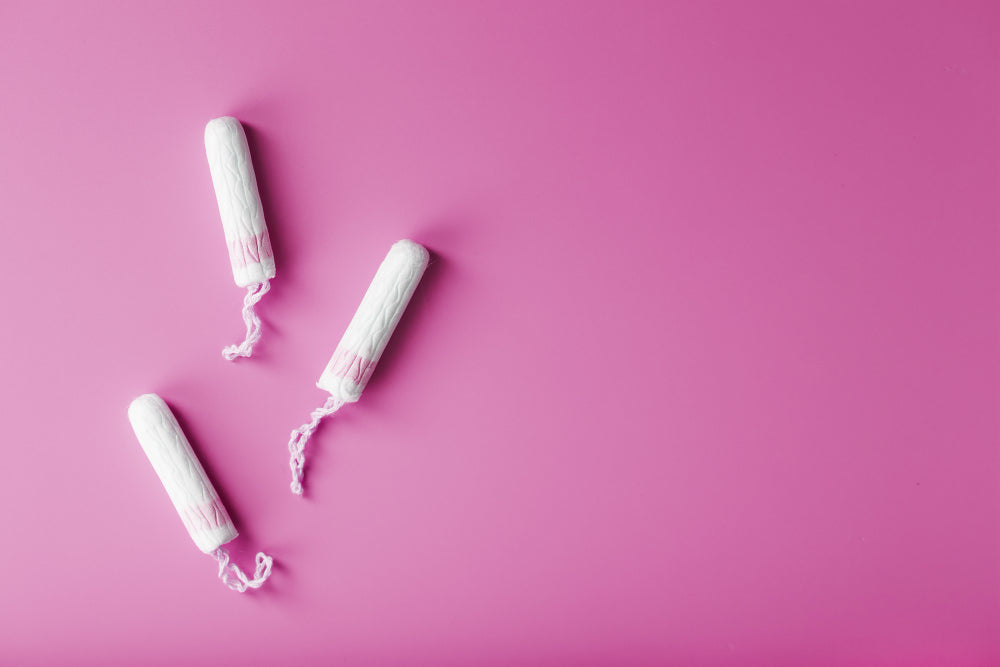
Related products
What’s covered?
Tampons absorb menstrual blood and debris and are a good substitute for menstrual pads.

Adult woman experience menstruation during their reproductive years. During this phase of the reproductive cycle, the uterine lining is shed along with blood and debris. To absorb this debris, women use various products, e.g., menstrual pads and tampons. If you are unfamiliar with tampons, this article is for you.
What is a tampon?
We have detailed the information about menstrual cycle phases and periods in another article. Click here to read it. Tampons are tightly pressed and compact cylinders made of rayon or cotton wool (or a blend of these materials). They are inserted into the vagina during periods and soak up the debris and blood before it leaves the body. Despite their small size, the tampons are very effective and absorb the menstrual flow easily.
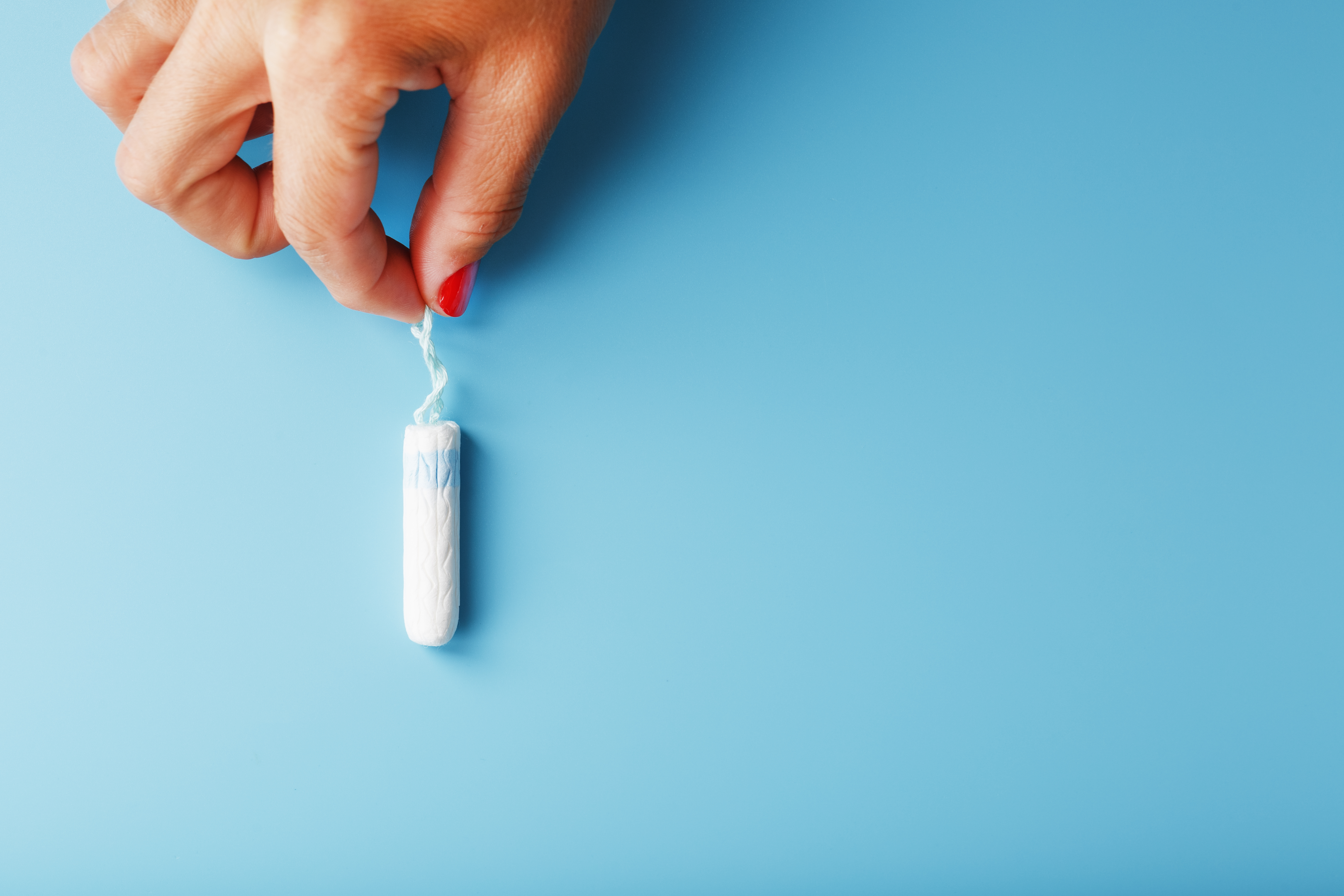
Some women choose them over menstrual pads as the pads often stick to the pants causing discomfort, are bulky and often contain chemicals that irritate the local skin. However, you need to understand some technical points before using these tampons.
How to put in a tampon?
You must insert and remove a tampon correctly. First, you should know the main parts of a vaginal tampon.
While tampons can be packaged differently, they will usually have the following:
-
A central part that absorbs the blood
-
A string that hangs from the central part that allows for easy removal
-
Some tampons may also have an applicator
The insertion can be an awkward experience, particularly the first few times. Keep in mind that not all tampons come with an applicator.
Before insertion, remember to choose a suitable size for you based on the required absorption. If you have a heavy flow, choose a larger tampon for maximum absorption.

However, most women have to use different sizes during various phases of their periods. For example, they may need a regular size at the start and the ending day of the period and a super to super plus tampon during the days of heaviest flow, i.e., in the middle days of the menstruation.
Insertion
How to insert a tampon? Before inserting, thoroughly wash your hands with an antibacterial soap or hand wash. The technique used depends upon if you are using an applicator or not.
Insertion using an applicator
Follow these guidelines to insert a tampon with an applicator;
-
Unwrap the tampon and unwind the string with a gentle tug.
-
Before insertion, check if it is reaching the tip of the applicator. Push the inner applicator tube to ensure that the tampon is coming out of the applicator.
-
Choose the correct body position for insertion. If you want to insert while standing; place one foot on an elevated surface, e.g., on the side of the bathtub etc. A toilet is a good option if you want to insert it in a sitting position.
-
Hold it in the centre, toward the end of the outer part of the applicator. Place the tip of the applicator into your vaginal opening at some angle with your lower back. Push the applicator and tampon until you can find the end of the applicator tube at the vaginal canal opening.
-
Hold the outer tube of the applicator, and push the inner tube into the vagina until the tampon has been inserted completely and the ends of the inner and outer lines of the applicator are meeting. The two ends of the applicator should meet just at your vaginal opening.
-
Pull out the applicator gently. The string should be hanging out from the tampon.
-
When you need to remove the tampon, gently pull the string attached to it and pull it out.
-
Thoroughly wash your hands before and after the insertion and removal.
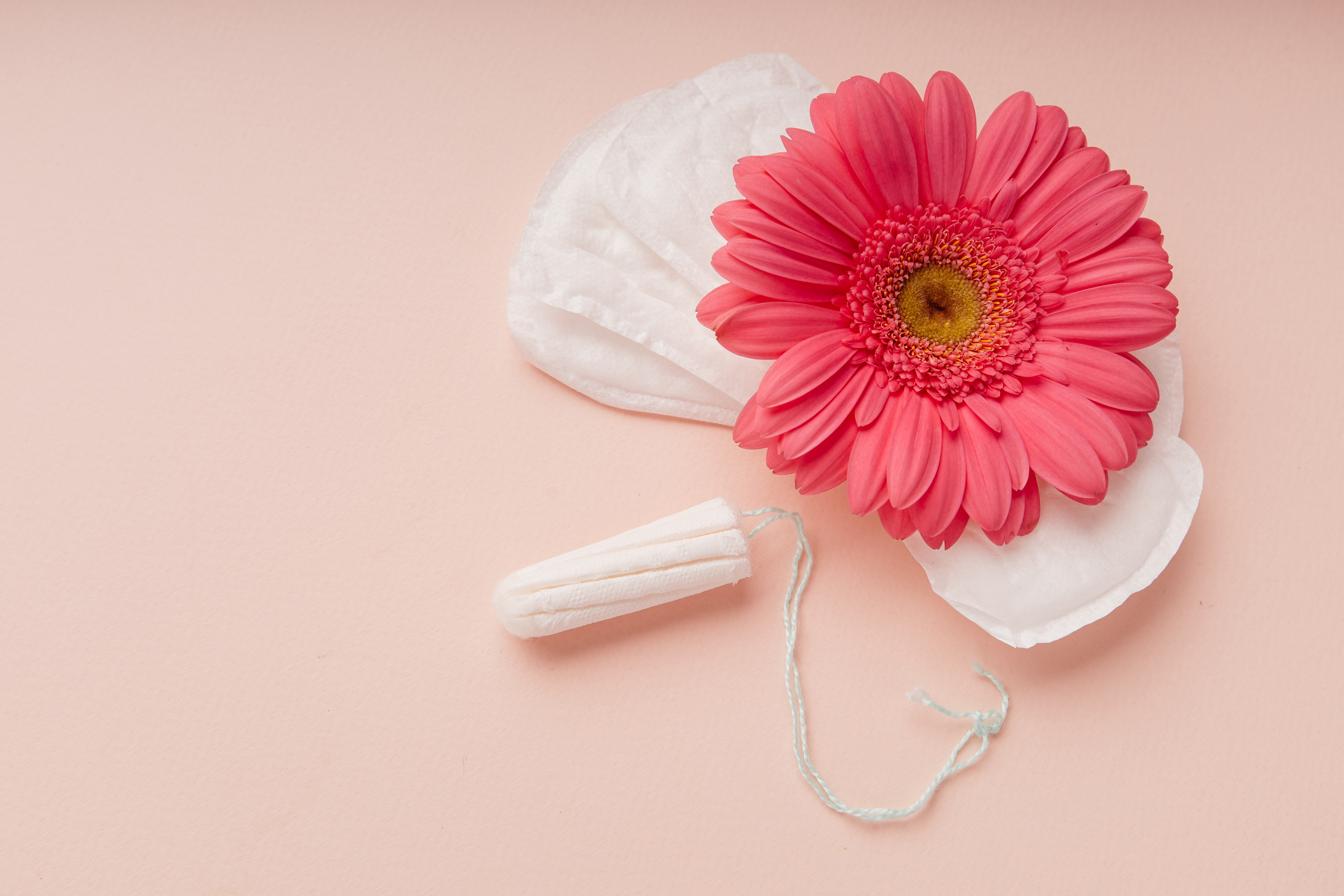
Insertion without using an applicator
An applicator may be challenging to carry and not all tampons come with an applicator. Therefore, some people prefer to use it without an applicator. The process is, again, simple. Start after washing your hands.
-
Place the index finger in the tampon's bottom and use your middle finger and thumb to hold the sides.
-
Choose a proper position for insertion.
-
Use your free hand to open the vaginal opening.
-
Hold the tampon and use the full length of the index finger to place it into the vagina, targeting the lower back. Allow the string to hang.
-
Again wash your hands before and after the insertion process.
How to know if the tampon is properly placed?
A properly placed tampon will not be felt. However, if it is causing discomfort, it is not properly pushed in. try to readjust it if this occurs.
How long can you leave a tampon in?
The use of reusable tampons is not recommended. So, after how long can you replace a tampon? The answer could be more straightforward and require some background information.
Why do you need to replace a tampon after use?
First, you need to know why it is important to replace the tampon and if you can use a reused tampon. The use of a tampon for more than eight hours can result in dangerous consequences.
Increased chances of infections
The tampon can become a site for the multiplication of dangerous bacteria. Recall that a delicate balance exists between the harmful and useful bacteria inside the vagina. The harmless or beneficial bacteria keep the growth of disease-causing germs in the vagina. The prolonged tampon insertion can disturb this balance.
What will be the consequences? It can lead to dangerous infections, e.g., bacterial vaginosis or candidiasis.
Bacterial Vaginosis (BV)
It is a widespread infection of the vagina caused by the disturbance of the normal microbial balance of the vagina. It can result in symptoms, e.g., irritation, itching, burning, and foul-smelling (fishy) discharge. You will need to use antibiotics to treat this infection. Find our treatment range here.

Vaginitis
It is the general term used for the inflammation and infection of the vagina and includes BV and infections caused by viruses, yeast etc. The symptoms are very similar, like in the BV, and sexual activities can aggravate the symptoms. Some signs may go automatically, or some over-the-counter drugs can help. If the infection has established, you will need to consult the doctor.
If you suspect these infections, immediately visit the reproductive health clinic.
Toxic shock syndrome (TSS)
If you leave the tampon for a long time, it can allow dangerous bacteria to grow. These bacteria will grow exponentially and produce toxins, which will absorb into the blood circulation, leading to a potentially fatal condition called toxic shock syndrome (TSS).
The TSS can cause symptoms, e.g., rashes (due to photo-sensitivity), diarrhoea, nausea, vomiting, hypotension, high fever etc. However, the risk is much lower, and according to a credible estimate, the risk of TSS due to tampons is just negligibly small at 0.8-3.4 out of 100,000. The risk of TSS has also decreased in recent years due to the use of safety measures and the use of food-grade material in tampons.
Besides the above symptoms, this condition can also cause some severe symptoms, e.g.,
-
Heart failure
-
Respiratory distress
-
Liver or kidney failure
It is a very severe and potentially fatal condition requiring immediate medical attention.
Allergic reactions
The prolonged use of tampons can cause contact allergy-causing symptoms, e.g., rashes, hives, soreness, itching etc. In case of allergic reactions, consult the doctor who may recommend some less risky alternatives, e.g., lined underwear, menstrual cups, cotton tampons, etc.
What's the recommendation?
It is recommended to replace a tampon regularly. Some common recommendations are;
-
Use a tampon for only up to eight hours as various studies have found that using tampons for longer than 8 hours is associated with an increased risk of infections.
-
According to the experts, the tampon should be replaced after 4-6 hours for better safety. However, other factors, e.g., tampon absorbency etc., should also be considered.
If you have too heavy or low bleeding, it could be a sign of menstrual cycle disturbances. Our Female Fertility Test helps you determine any such issues by measuring various hormones regulating the menstrual cycle. Click here to know more and place your order.
Can you sleep with a tampon in?
If uncomfortable with pads, you might consider using a tampon while sleeping. Alternatively, you may forget to take out the tampon before going to bed. In either case, you may want to know whether tampons can be used during sleep or not.
First of all, keep in mind that a tampon is a device. It doesn't know if you are sleeping or awakening. It is made up of synthetic material. However, it can be placed at the most only for 8 hours. So, the answer lies in another question: do you sleep longer than 8 hours?

As explained above, a tampon should not be kept in place for more than 8 hours as it can cause irritation and infections. So, if your night sleep is under 8 hours, there is no issue with using the tampon overnight. As a precaution, don't use the tampon before sleeping during a weekend or a holiday, as you are likely to sleep more and may be reluctant to wake up.
How can you ensure safety while using a tampon during sleep?
If you are comfortable with the tampon and want to use it overnight, here are some useful tips to ensure your safety from infection.
Use a pantyliner for additional protection.
If you are in the middle of your period and are facing severe and heavy bleeding, it is better to combine the tampon with a pantyliner, as the couple will give you better protection.
Set a safety alarm
If you are unsure that you will wake up within the 8 hours limit, you can set up an alarm to ensure that you wake up within time. If you cannot wake up through the alarm, you shouldn't use the tampon and replace it with some alternatives, e.g., pads etc.
Chose a tampon of good absorption capacity
Some women may experience bleeding by leaving the tampon for more than 4-6 hours, particularly during heavy bleeding. If you are familiar with your periods, you may opt for a tampon with a higher absorbency during night sleep.
Place the tampon just before going to bed.
If you use tampons during night sleep, placing them immediately before going to bed is a good idea. Using it hours before will result in more time than the recommended 8 hours leading to leakage and other issues.
When do you need to seek medical assistance?
If you are experiencing issues, e.g., risk and symptoms of toxic shock syndrome or infections etc., you should call the ambulance and seek immediate medical assistance. The TSS is treatable if found earlier and can be fatal in advanced cases. So, it is important to monitor the signs and symptoms and report them to the doctor as soon as possible.
Can you pee with a tampon in?
Tampons are very popular menstrual products. In contrast to the pads, they provide freedom and protection during swimming, exercise and other sports. What will happen if you pee while having a tampon inside? Will your pee flush it out? Or will it be spoiled by the pee?

The good news is that the tampon will not do any harm during urination, and you don't need to replace the tampon after every urination. Let me explain why the tampon is safe during urination and what you can do to increase its safety.
A tampon doesn't interfere with the flow of urine.
The urinary and reproductive systems have different internal anatomies but have their openings in the same area. The urethra, which is the opening of the bladder, lies just above the vaginal opening. So, a tampon inserted into the vagina doesn't interfere with the urethra.
Both the vagina and vulva have openings inside the vulva, which also houses the clitoris and the smaller and larger labia lips. Inside the lips are two openings, the urethra, and it's underneath is the vaginal opening. The tampon is inserted into the vagina and doesn't block the urine flow. Nevertheless, the tampon string (which lies outside the vagina) can be touched by some urine as it flows out of the urethra.
However, your urine is sterile, which means it is free from bacteria and will not cause any infection through the tampon string. The situation will, however, change if you have urinary tract infections (UTIs). You need to consult the doctor to avoid the risk of infections.
How to avoid the smell of a wet tampon string?
The wet tampon string is not likely to cause any infection. However, it can become a source of smell. You can avoid this smell by;
-
Remove the tampon before urination and insert a new one after urinating and drying. This approach may not be so economical for some users.
-
An economical option is to hold the tampon string towards the side while urinating.

However, if you are not comfortable with both options, you should choose the tampon according to your requirements and insert it properly. A super plus or at least a super tampon is ideal for you if you experience heavy bleeding; however, don't select the tampon with higher absorbency than the requirement. Also, follow the guidelines for safe insertion and removal, as explained above.
How can you keep your tampon clean?
These are some hygiene tips that you can use for the safe and comfortable use of tampons.
-
Wash your hands before and after inserting the tampon
-
Change the tampon regularly after every 6-8 hours.
-
Hold the string toward one side to prevent the urine from spoiling your tampon string.
Take home message
Urinating while having a tampon in is normal. However, you can choose any approach mentioned above according to your comfort. If you can use a new tampon with each urine, it is a good but expensive option. But a good and economical compromise is to follow strict hygiene protocols and also replace the tampon every 4 (at best) to 8 (at least) hours.
What to do if you can't remember if you took your tampon out
There is also a narrow chance that you may forget you have a tampon in, which is particularly likely towards the end of a period. What will happen, and what do you need to do?
The tampon can become compressed over the top of the vagina and can become difficult to remove. There is no need to panic as the tampon can't be lost permanently inside the vagina and can be removed easily. If you fail to remove it by yourself, your healthcare provider can do this for you.
How can you remove a stuck tampon?
Before going for medical help, there is something you can try by yourself. Make sure to sanitize your hands before attempting to remove the tampon. Try to use your fingers to find the string of the tampon. This search may lead you to the tampon itself. However, don't self-removal the tampon if you have;
-
Redness, swelling or itching inside the vagina. The redness can be difficult to monitor on internal skin as the skin colour is pink.
-
Have developed a high-grade fever
-
Experiencing pain during urination
-
Have pain in the lower abdomen or the pelvic region.
-
Have a vaginal discharge or have an unpleasant smell from the vagina
When should you seek medical help?
If you have the above symptoms, you may need to go to the nearest reproductive health clinic for surgical intervention. you will also need medical assistance if you cannot remove the tampon despite all efforts; the tampon has broken up, its pieces are in the vagina, or there are signs of allergic reactions. Leaving it inside for a long time increases the risk of developing the potentially fatal toxic shock syndrome (TSS).
To conclude
Tampons are a good alternative to menstrual pads. Tampon use is increasing due to their ease of application and the issues with the traditionally used places. However, the proper use of the tampon requires care and expertise. You should know when to remove the tampon, how to remove and insert it, how long you can replace it, how urination will influence it and how you should handle the forgotten or lost tampon.
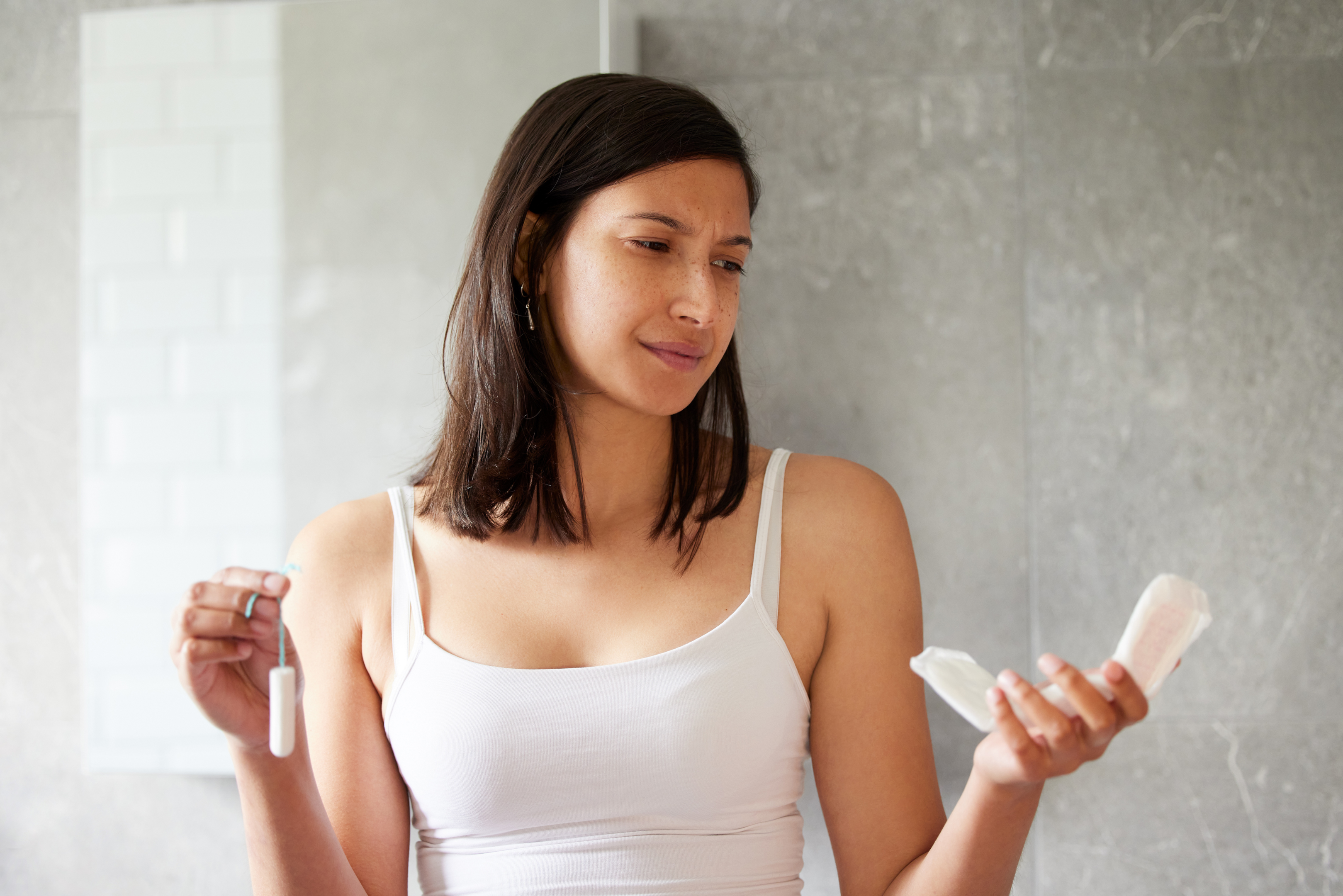
Despite all care, some issues can occur that may require the help of a gynaecologist. Don't hesitate to consult with a doctor, especially if you are going to replace your ordinary pads with tampons and need advice. Finally, remember that a tampon only absorbs menstrual blood and debris and shouldn't be used as a contraceptive measure.
If you are looking for help or guidance with menstrual products, read through our Women's Health Hub here.







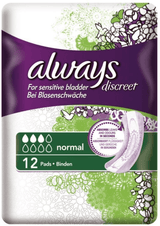

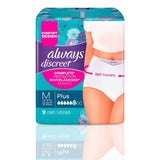

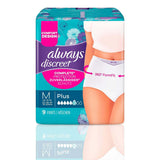

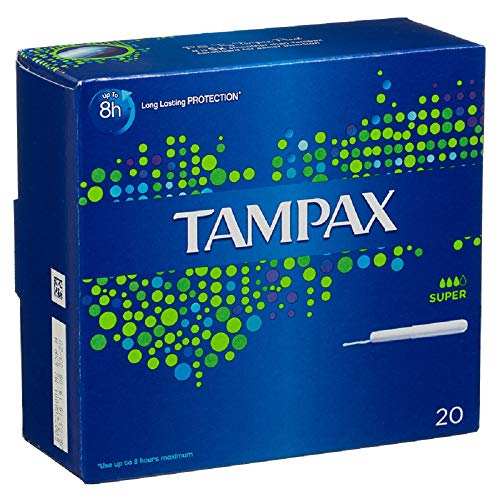

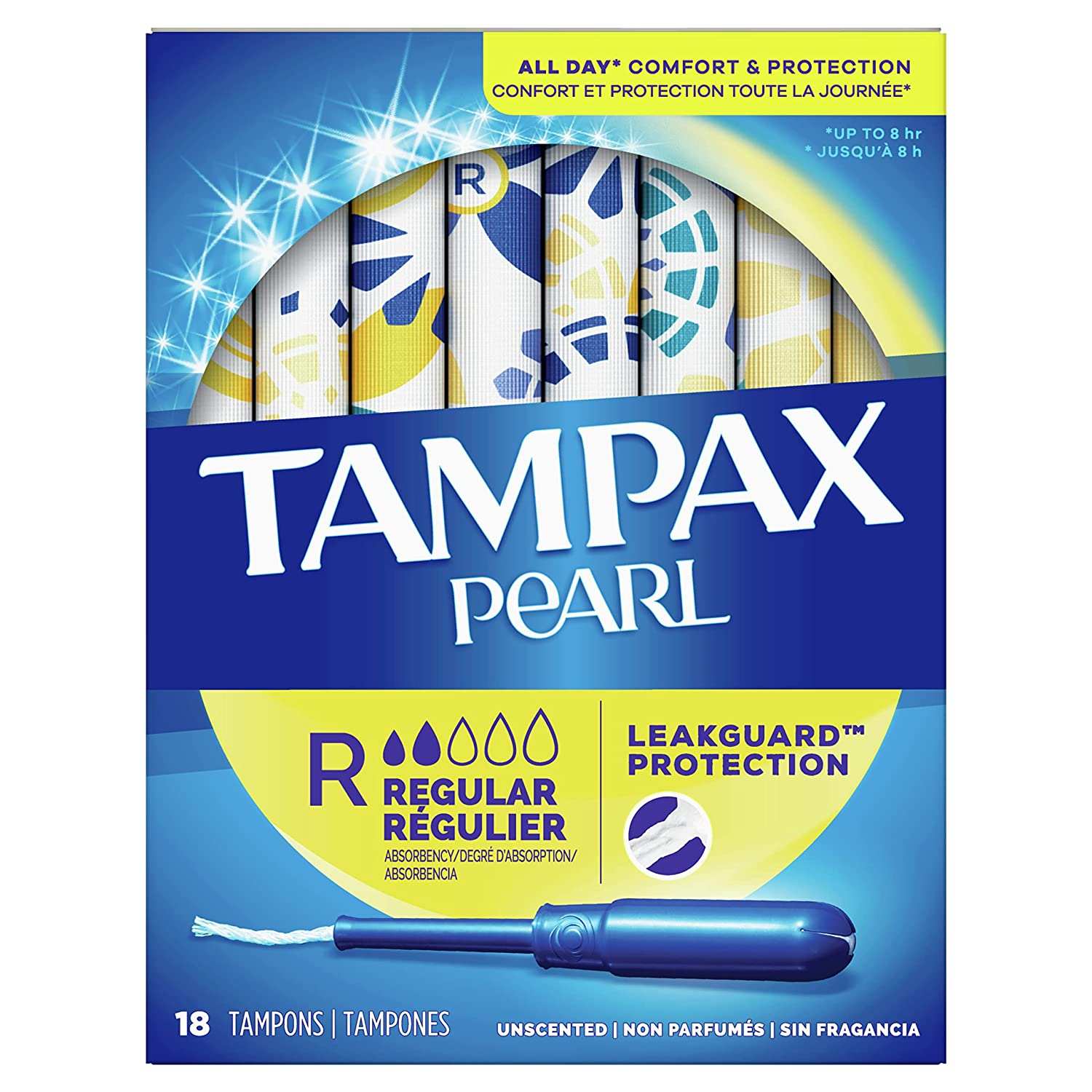






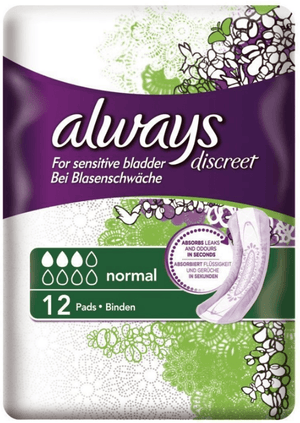







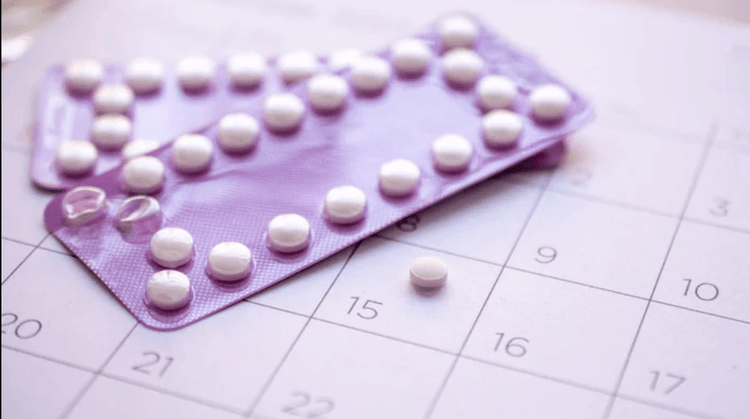

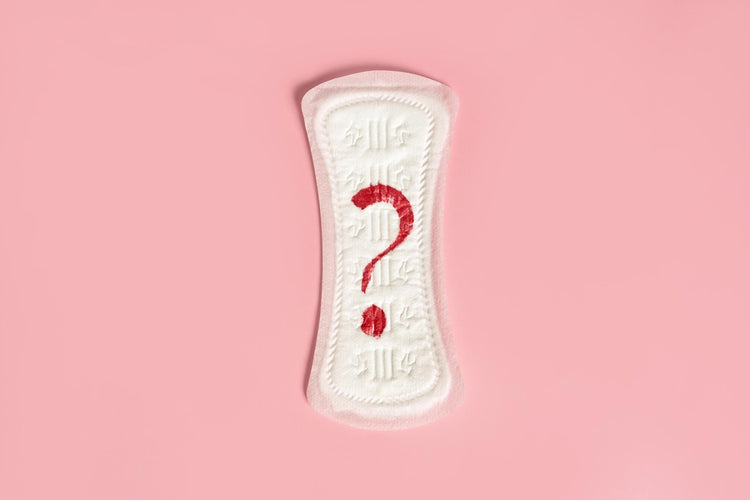
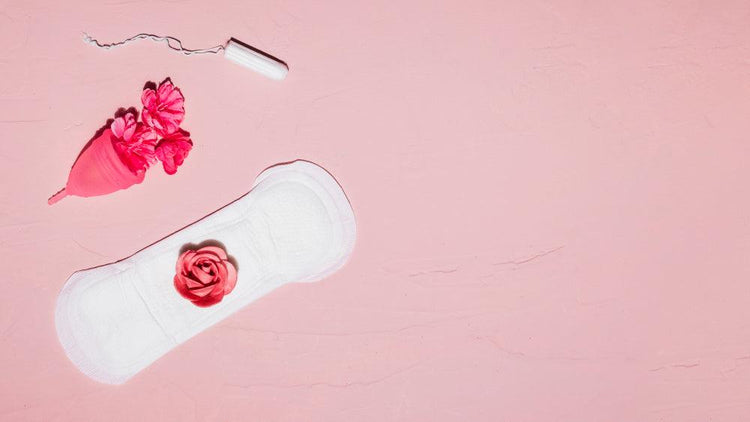



 Rated Excellent by 26,523+ Reviews
Rated Excellent by 26,523+ Reviews